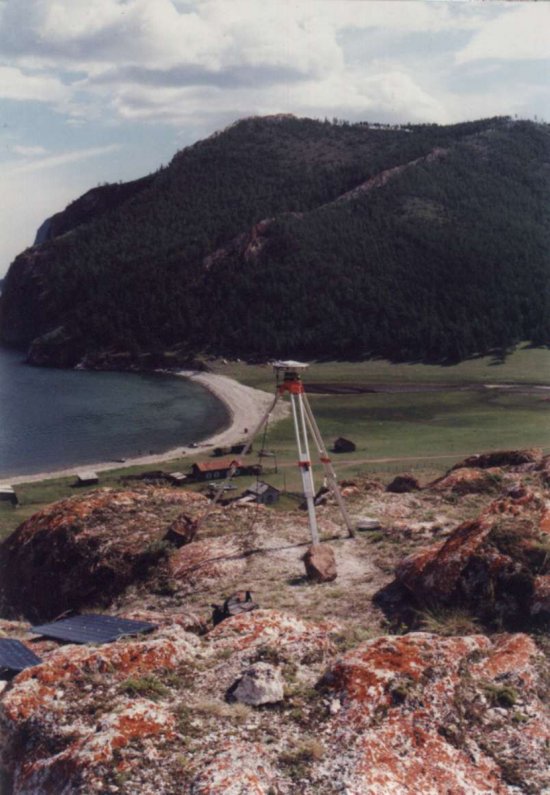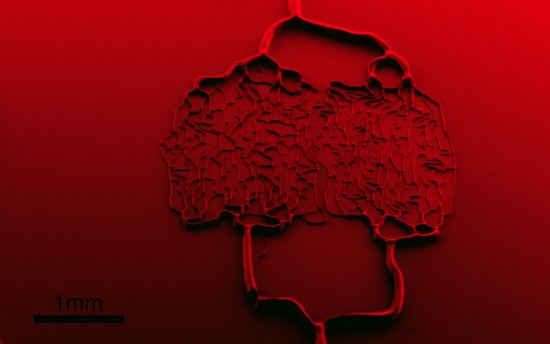© INP / CNRS Images / Université Paris-Diderot - 2011
Reference
2745
100% conductive : superconductors
On the 8th April 1911, whilst observing mercury at the temperature of liquid helium -269°C, Heike Kamerlingh Onnes discovered a new and surprising physics phenomenon: superconductivity!
This phenomenon is made apparent by two remarkable effects. Superconductors not only conduct an electric current perfectly, they also expel magnetic fields and make magnets levitate.
A hundred years after its ' discovery, superconductivity still remains a huge enigma. Many laboratories are concentrating their research on it, and it represents one of most essential issues of modern physics. This dynamic area of study has already been awarded thirteen Nobel Prizes!
A variety of applications already exist, from medical imagery to levitating trains, and future applications like energy storage, or quantum computers, could change our world.
This film treats the properties of superconductors, recent progress in research, and the existing and future applications of this extraordinary phenomenon.
A short film entitled "8 avril 1911, the coldest day" (12min.) tells how the supraconductivity wad discovered in Heike Kamerling Onneset's laboratory.
Duration
Production year
Définition
Color
Sound
Version(s)
Original material
The use of media visible on the CNRS Images Platform can be granted on request. Any reproduction or representation is forbidden without prior authorization from CNRS Images (except for resources under Creative Commons license).
No modification of an image may be made without the prior consent of CNRS Images.
No use of an image for advertising purposes or distribution to a third party may be made without the prior agreement of CNRS Images.
For more information, please consult our general conditions















